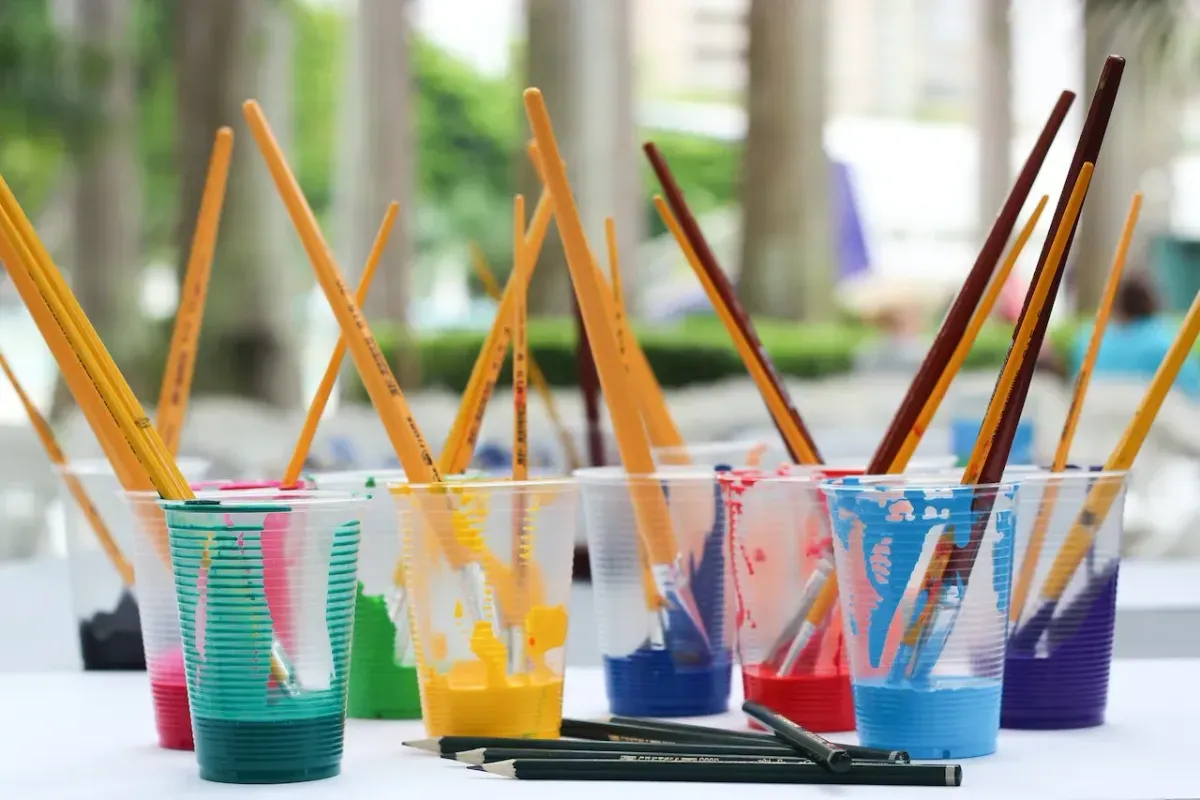
Art Therapy Techniques
Read this guide to learn more about art therapy. Use art therapy activities and techniques to improve clients' mental health.
Get carepatron free
Commonly asked questions
Art therapists work in various settings, including hospitals, mental health clinics, schools, and rehabilitation centers. They may also provide services in private practices, community organizations, or residential treatment facilities.
It definitely can! For it to be truly effective, it's recommended that art therapy techniques be combined with other psychotherapy techniques.
Yes, they suit kids because many children may find it easier to express their emotions visually, especially given their limited vocabulary.
Art therapy has several limitations that may impact its effectiveness. It might not be suitable for adults who are skeptical about its benefits or hesitant to engage in creative expression. Additionally, not all therapists are trained or qualified to utilize art therapy techniques, which can limit access to quality care. Financial constraints may also pose a challenge, as insurance may not cover the cost of art therapy sessions, making it less accessible to those who could benefit from it.







